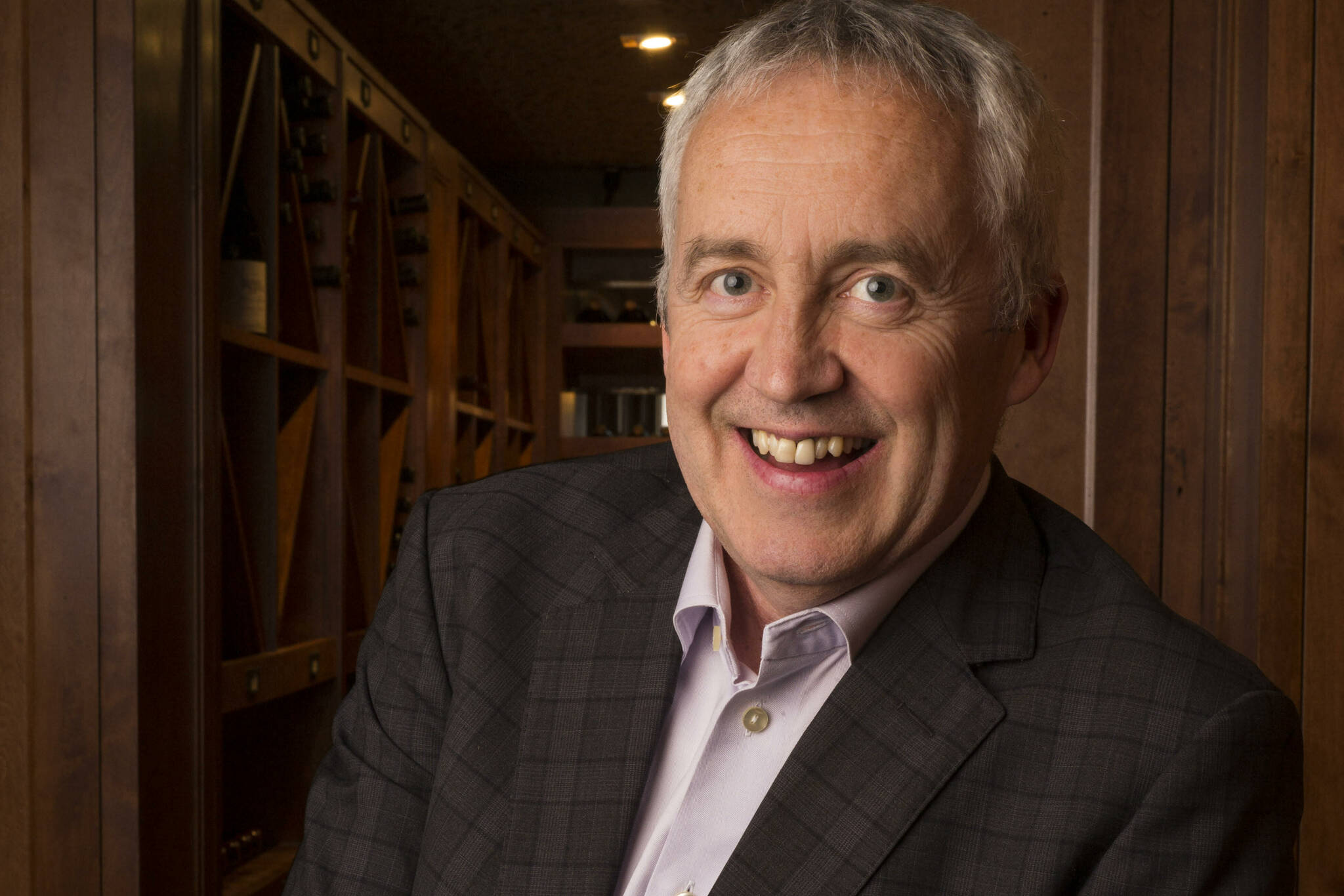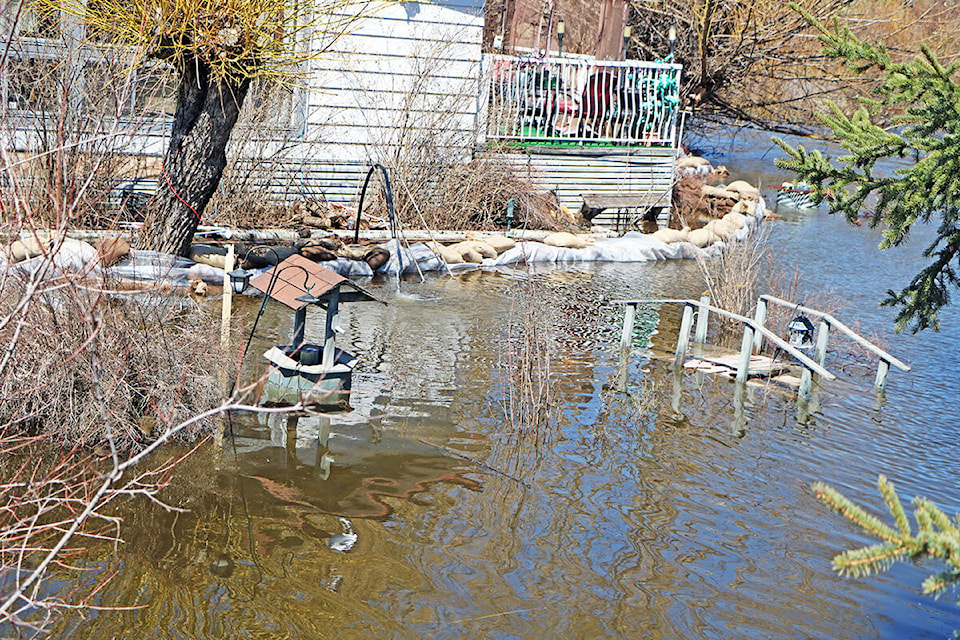By Bruce Cameron, Black Press Media Political Affairs Columnist
As British Columbia cleans up and begins rebuilding critical infrastructure after a series of atmospheric rivers hit the province in November, the threat of climate change has been magnified. Perhaps that’s why B.C. leads the country in adoption of many green energy trends, like the purchase of Zero Emission Vehicles (ZEVs). Climate change is here, now, from drought-induced summer forest fires to record winter rainstorms.
Acceptance of that threat, and with it the urgent need to change the way we produce and consume energy, is growing. So how should B.C. hasten the goal of achieving a net zero energy future? The goal is clear, but how we get there is convoluted.
According to Clean Energy BC, the self-proclaimed “voice of the Clean Energy industry and independent power for over 30 years,” the road to a green energy future lies in harnessing the numerous hydro, wind, and solar energy opportunities across B.C. The advocacy organization represents over 130 different groups, from First Nations with “run of river” hydro operations (like the Dasque-Middle project near Terrace), to small solar projects like the SunMine project near Kimberley, plus a handful of other innovative projects like biomass and biogas projects at landfills near Victoria (Hartland) and Cache Creek.
The B.C. government and B.C. Hydro jointly announced their new five year electrification plan in September, asserting that “B.C. is already a clean-energy powerhouse,” and pointing out that “98 per cent of our electricity is generated from clean or renewable resources, making us western North America’s leader in clean electricity generation.” The program calls for rebates to incentivize energy efficiency by consumers, including the purchase of new electric vehicles, and efforts to have industrial power users switch from high carbon sources of power to cleaner sources.
We have an enviable abundance of clean energy in B.C., but even that bounty comes with problems. Over 100 First Nations communities have created or are seeking to generate their own power, taking advantage of run of river power. These First Nations and other independent power producers (IPPs) were guaranteed access to the BC Hydro power grid under the BC Liberal government, but that program was cancelled in 2019 due to what the NDP government said was an arrangement that “cost customers $3.2 billion and is set to cost billions more over the next two decades.” Now, many of those small-scale power generation plants will be shelved, threatening hundreds of jobs in remote B.C. communities.

When the Liberals introduced the program to buy more independently produced power under Premier Gordon Campbell, the intent was to capitalize on the abundance of local hydro potential, increasing the resiliency of the grid and creating jobs from the tip of Vancouver Island to Terrace in the interior. NDP Minister of Energy, Mines and Petroleum Resources Ken Davidson lambasted the plan when releasing the “Zapped” report in 2019, concluding that “a small number of well-placed IPPs benefited, and customers were stuck with a 40-year payment plan.”
It’s a tricky calculus, however. The Liberals’ plan set B.C. on its current path to become the leading green energy jurisdiction in North America. But at what price? Many of the micro power projects producing energy from run of river flows only produce power in the winter when B.C. has an abundance of hydro power. Furthermore, the pandemic-induced economic slowdown reduced overall power consumption by about 11 per cent, just when the BC NDP was getting behind the controversial Site C dam.
Clean Energy BC’s executive director Laureen Whyte estimates that power demand in B.C. will grow by over 40 per cent over the next two decades. So while the NDP tries to keep BC Hydro rates as low as possible in the short term, the widely distributed power generation model with IPPs playing a key role may in fact be the best long-term green energy plan.
Water, water, everywhere, and we face the daunting task of deciding what to do with it all. While B.C. does a masterful job of harnessing water, we face a series of tough choices today that will impact the next generation, and ultimately the health of the planet.
Bruce Cameron has been a pollster and strategist for over 35 years, working initially for Gallup Polls, Decima Research and the Angus Reid Group before founding his own consultancy, Return On Insight.
